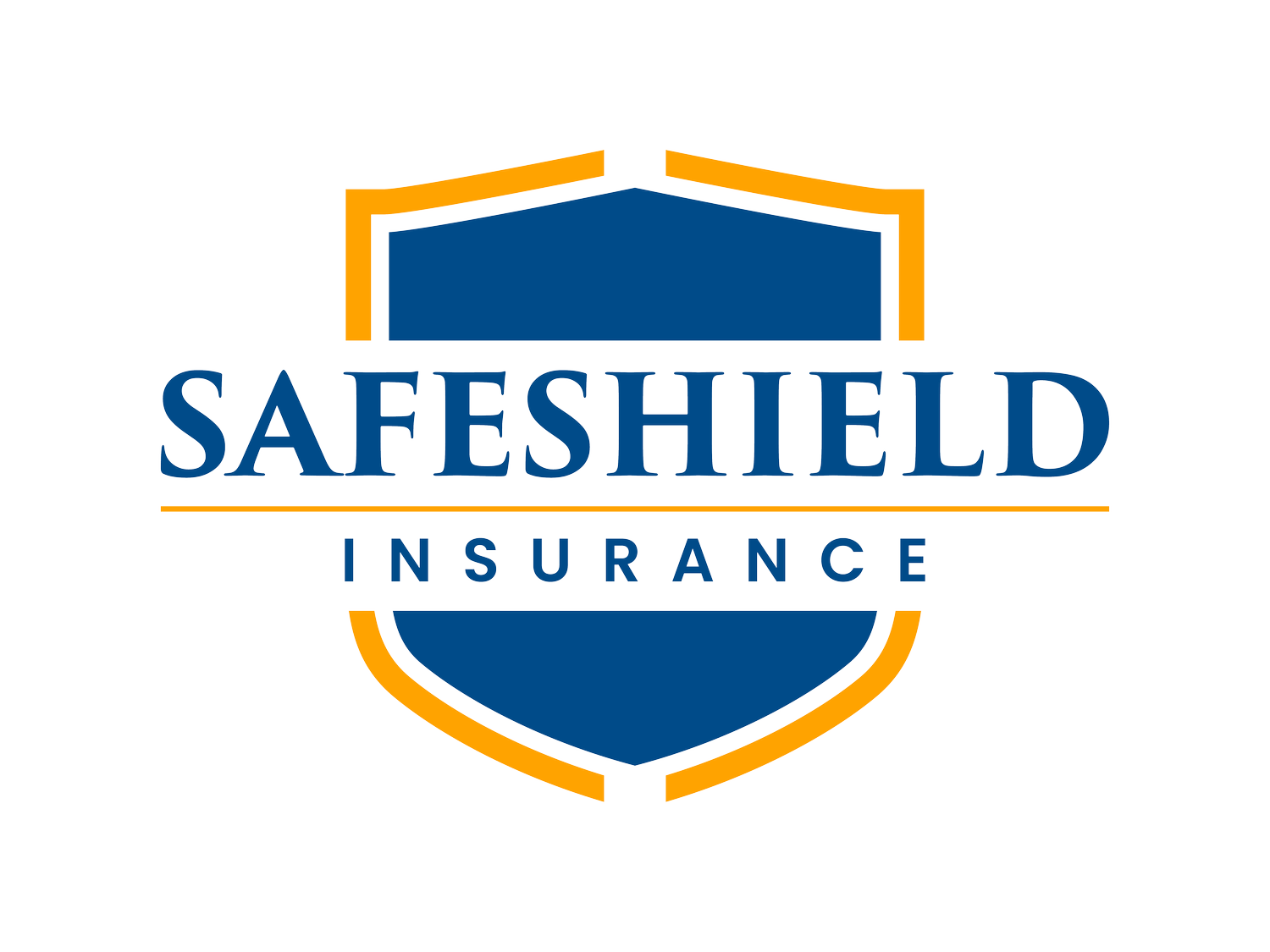Why is the cost of my insurance rising?
In today's increasingly uncertain world, insurance serves as a financial safety net, providing protection against unexpected events that can wreak havoc on our lives and finances. Auto and home insurance are two of the most critical types of coverage, ensuring that we are safeguarded in case of accidents, natural disasters, theft, and more. However, over the past few years, many individuals and families have been grappling with the unpleasant reality of rising insurance costs. In this blog, we'll delve into the factors behind the soaring prices of auto and home insurance, and explore what consumers can do to mitigate these increases.
Increased Frequency and Severity of Natural Disasters
One of the primary drivers of rising insurance costs, particularly in the realm of home insurance, is the increasing frequency and severity of natural disasters. Climate change has led to more frequent and intense events such as hurricanes, wildfires, and flooding, resulting in greater damage to homes and properties. As insurance companies pay out higher claims due to these disasters, they must adjust their pricing to remain financially stable, and these costs often get passed on to policyholders.
Technological Advancements and Expensive Repairs
Modern vehicles and homes are equipped with advanced technology and features, which can be both a blessing and a curse when it comes to insurance. While these technological advancements enhance safety and security, they also drive up repair and replacement costs. Sophisticated car sensors and home automation systems can be costly to repair or replace, making it more expensive for insurance companies to settle claims.
Rising Healthcare Costs
Auto insurance includes personal injury protection (PIP) and medical payments coverage, which pays for medical expenses resulting from accidents. With the continuous rise in healthcare costs, insurance companies must allocate more funds to cover these expenses, which in turn leads to higher premiums for policyholders.
Distracted Driving and More Accidents
The prevalence of distracted driving, often attributed to smartphone use, has contributed to an increase in auto accidents. With more accidents on the road, insurance companies face higher claim payouts, and as a result, they raise premiums to compensate for these increased costs.
Increased Litigation and Legal Costs
Another factor that has been driving up auto insurance costs is the growing number of lawsuits related to accidents. With more people seeking legal action after accidents, insurance companies must allocate resources for legal fees and settlements, leading to higher premiums.
Inflation
Inflation affects every aspect of our lives, including the cost of insurance. As the cost of goods and services rises, insurance companies must also adjust their prices to keep up with the increased cost of repairs, medical expenses, and other factors that impact insurance claims.
What Can Consumers Do?
While the rising costs of auto and home insurance can seem daunting, there are several steps that consumers can take to mitigate the impact on their wallets:
Shop Around: Don't settle for your current insurance provider without exploring other options. Different companies offer varying rates and discounts, so comparing quotes from multiple insurers can help you find more affordable coverage.
Bundle Policies: Many insurance companies offer discounts when you bundle your auto and home insurance policies with them. This can result in significant savings.
Raise Deductibles: Consider raising your deductible, but only if you can afford to pay a higher out-of-pocket expense in case of a claim. A higher deductible often translates to lower premium costs.
Maintain a Good Credit Score: Your credit score can influence your insurance premiums. Maintaining good credit can help you qualify for better rates.
Drive Safely: Avoid accidents and traffic violations, as a clean driving record can lead to lower auto insurance premiums.
Home Improvements: Investing in home security systems, fire alarms, and other safety features can sometimes lead to lower home insurance premiums.
The rising costs of auto and home insurance are a complex issue influenced by a multitude of factors, from climate change to technological advancements. While these increases may seem challenging, consumers have options to explore in order to manage their insurance expenses. Shopping around, maintaining a good credit score, and making safety improvements to your home are just a few strategies that can help offset the impact of rising insurance costs. Ultimately, staying informed and proactive about your insurance choices can make a significant difference in your financial well-being.
